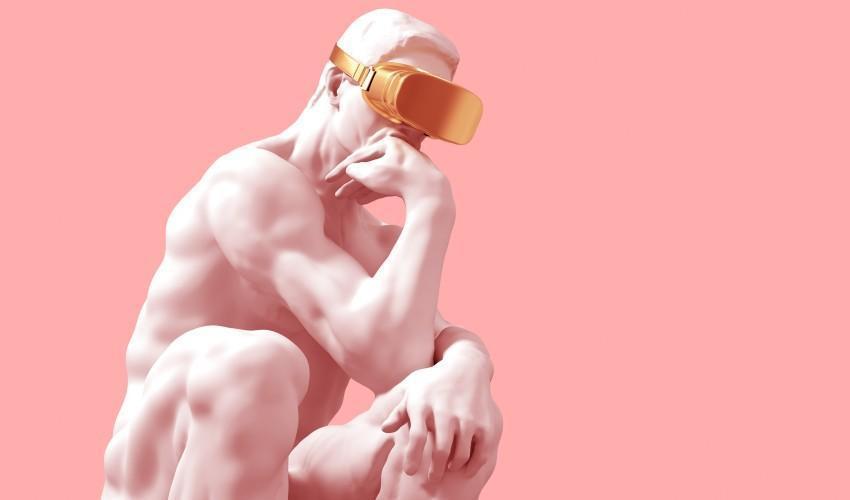
Beyond the Selfie: COVID19 and the Museum Sector
ACCORDING TO ALEX TURRINI, THE PANDEMIC ACTED AS A DIGITAL TRANSFORMATION ACCELERATOR, AS NEVER BEFOREAccording a UNESCO study released in May 2020, 90% of the world’s 95,000 museums shut temporarily during the pandemic, and almost 13% risk never opening again. However, the museum sector reacted very quickly to the COVID-19 crisis, developing its presence on the Internet in order to maintain a link with the public, the study said.
“Virtual Proximity or Physical Distance? Digital Transformation and Value Co-Creation in COVID-19 Times” by Alex Turrini, Associate Professor of Arts Policy and Management at Bocconi’s Department of Political and Social Sciences, and Marta Massi, Assistant Professor at Brandon University in Canada, explores how the public health emergency accelerated the introduction of innovative new forms of arts communication and how this development has increasingly incorporated “co-creation” of value in a changing dynamic between museums and visitors. “I have never seen such a pace of innovation in the museum and heritage sector like I have in the last year,” said Professor Turrini.
Almost half of nearly 1,600 museums said they already had a presence on social media or shared collections online before the lockdowns, according to a survey taken in April by the International Council of Museums (ICOM). Nearly half the museums (47.5%) said that social media activities increased during the pandemic. All digital activities mentioned (including online collections, online exhibitions, live events, and social media) began or increased after the lockdowns for at least 15% of participants.
Turrini and Massi argue that Michael Porter’s concept of “creating shared value” can also be applied to cultural production. This “shared value” from policies and practices can contribute to competitive advantages while strengthening the communities in which a company (or museum) operates. Using the five modes of arts engagement in the Audience Involvement Spectrum as a tool for their classification, the authors look at examples of ways museums used digital technology during the pandemic.
At one end of the spectrum are the webinars and curatorial talks organized by museums during the pandemic. The next level is called “advanced engagement” and includes the virtual tours and “gamification” that became familiar during lockdown. In the “crowdsourcing” level are examples of museum programs that created new content from their collections, often with the help of viewers. The “co-creation” category asked viewers to share selfies, for example, that recreated museum masterpieces at home. Lastly and most involving is the “audience as artists” category in which museums solicited physical or digitally-created objects from their public.
VISIT the Bocconi COVID Crisis Lab website
by Jennifer Clark
